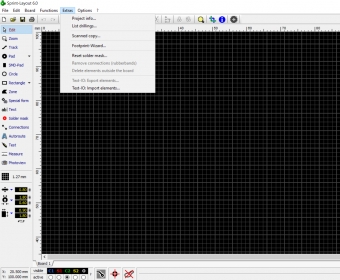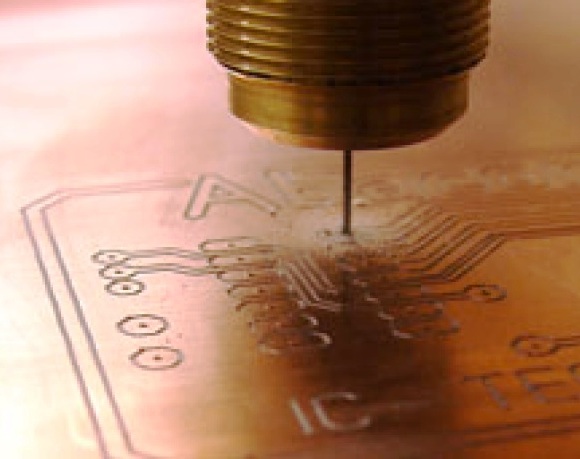

With minimized edge crossings, those representations offer understandable 2D visualizations.
Planar :These algorithms are specialized in generating aesthetic planar layouts. The iterativity allows to gradually enhance the representation. The MMM and the fast multipole layout follow these steps. Multilevel :Multilevel layout is computed by including gradually the initial nodes into a layout, thus iteratively improving the node placement. Misc :This sub group contains miscellaneous algorithms, notably the packing and overlap removal algorithms. The Balloon and the Sugiyama algorithms are good examples of such layout. Hierarchical :Those representations, in accord to their name, are perfect for presenting hierarchical structures or graph showing precedence relationships. Known such algorithm are the FM^3, the GEM Frick and the Kamada Kawai. Force Directed :These layouts will try to place nodes so that the distance in the graph (specific metric on the edges) should be the closest to the distance on the drawing. Basic :The standard functions can be found in this sub group such as the Circular display or the Random layout. 
Tulip allows the visualization of information, and thus, provides several layout algorithms to display information and data in a neat fashion. Reingold-Tilford tree layout with a polar coordinate post-transformation, useful for (almost) tree-like graphsĭeterministic layout that places the vertices evenly on the surface of a sphere Reingold-Tilford tree layout, useful for (almost) tree-like graphs Places the vertices completely randomly in 3D The Large Graph Layout algorithm for large graphs

Kamada-Kawai force-directed algorithm in three dimensions The Distributed Recursive Layout algorithm for large graphsįruchterman-Reingold force-directed algorithmįruchterman-Reingold force-directed algorithm in three dimensionsįruchterman-Reingold force-directed algorithm with grid heuristics for large graphs

Deterministic layout that places the vertices on a circle








 0 kommentar(er)
0 kommentar(er)
